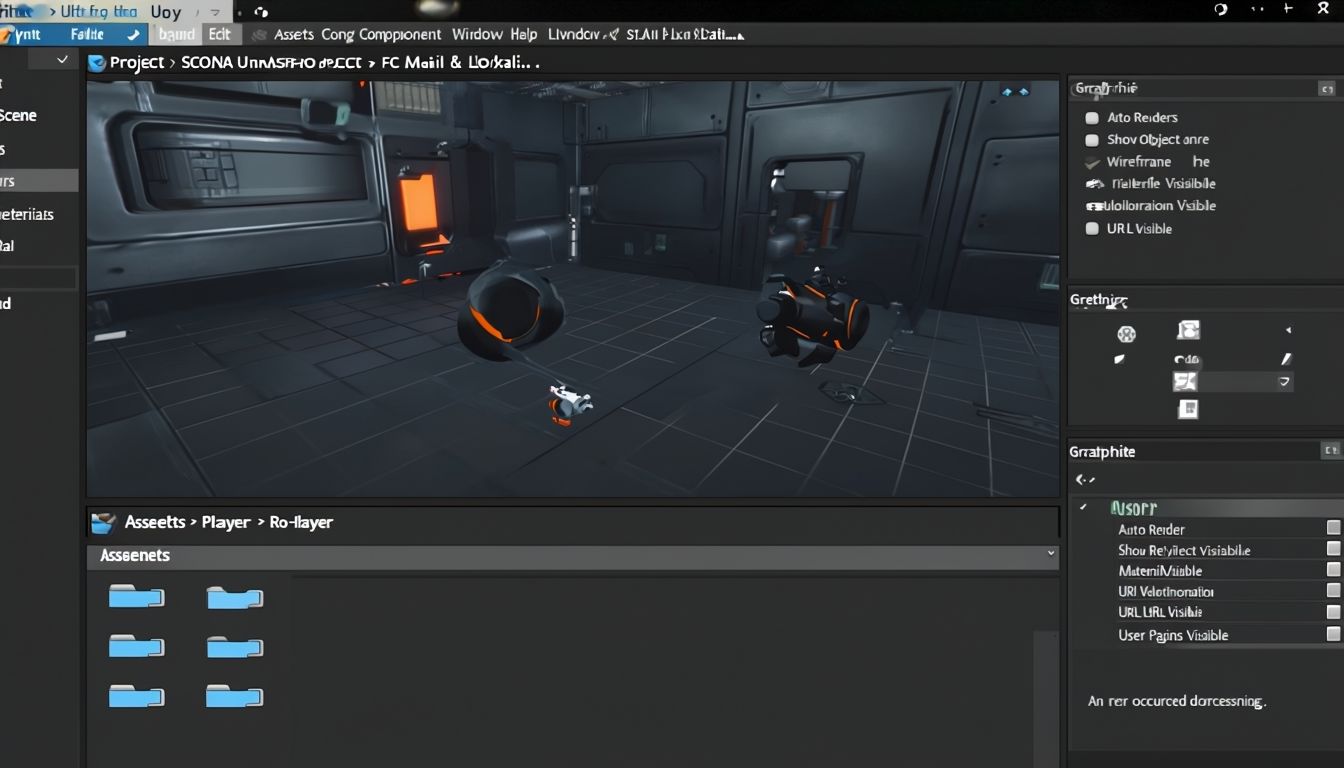Course Overview
In-Depth Game Design Principles: Storytelling, Challenge, and Engagement
Storytelling in Games
- Importance of Storytelling:
- Stories create emotional connections and immersive experiences.
- Players are more invested when the game has a narrative they can follow.
- Elements of Storytelling in Roblox:
- Setting: Define the game world (e.g., a medieval castle, futuristic city).
- Plot: Establish a storyline or mission.
- Example: Players must rescue a kidnapped prince or find hidden treasure.
- Characters: Create engaging NPCs (non-player characters) or guides.
- Player Role: Give the player an identity in the story (e.g., hero, explorer).
Challenge and Engagement
- Creating Challenges:
- Introduce obstacles and tasks that test player skills.
- Ensure a balance between difficulty and playability to avoid frustration.
- Examples of Challenges:
- Timed races.
- Solving puzzles to unlock doors.
- Surviving waves of enemies.
- Engagement Factors:
- Visual Appeal: Use vibrant graphics and animations to draw players in.
- Audio Design: Add background music and sound effects to enhance immersion.
- Interactive Elements: Include triggers, dynamic events, and surprises.
2. Designing Player Interaction: Collectibles, Rewards, and Objectives
Collectibles and Rewards
- Purpose:
- Encourages exploration and incentivizes progress.
- Examples:
- Coins, gems, or stars scattered throughout the level.
- Special items that unlock new abilities or areas.
- Types of Rewards:
- Tangible Rewards: Points, currency, or collectibles.
- Progress Rewards: Unlocking new levels, powers, or features.
- Recognition Rewards: Badges, leaderboards, or public achievements.
- Best Practices:
- Place collectibles in strategic locations to encourage exploration.
- Provide clear feedback when players earn rewards (e.g., sound effects, animations).
Objectives
- Defining Clear Objectives:
- Help players understand what they need to do and why.
- Examples:
- “Collect 50 coins to unlock the next level.”
- “Find all keys to open the castle gate.”
- Setting Goals:
- Short-Term Goals: Tasks completed within a single level (e.g., avoiding traps).
- Long-Term Goals: Overarching missions (e.g., completing all levels).
3. Customizing Game Environments and Player Journey Mapping
Game Environment Design
- Visual Design:
- Use lighting, textures, and effects to create a unique atmosphere.
- Example: Add fog for a mysterious forest or glowing crystals in a cave.
- Interactive Elements:
- Include moving platforms, teleporters, or breakable walls for variety.
- Use triggers to activate events (e.g., opening a secret door when a button is pressed).
Player Journey Mapping
- What is Player Journey Mapping?
- The process of designing a player’s experience from start to finish.
- Helps ensure smooth progression and sustained engagement.
- Key Steps:
- Define Entry Points:
- Where does the player start the game? How are they introduced to the world?
- Design Milestones:
- What goals should players achieve along the way? (e.g., checkpoints or bosses).
- Plan the Climax:
- What is the final challenge or reward?
- Create a Resolution:
- How does the game conclude? (e.g., a victory scene or reward screen).
- Define Entry Points:


